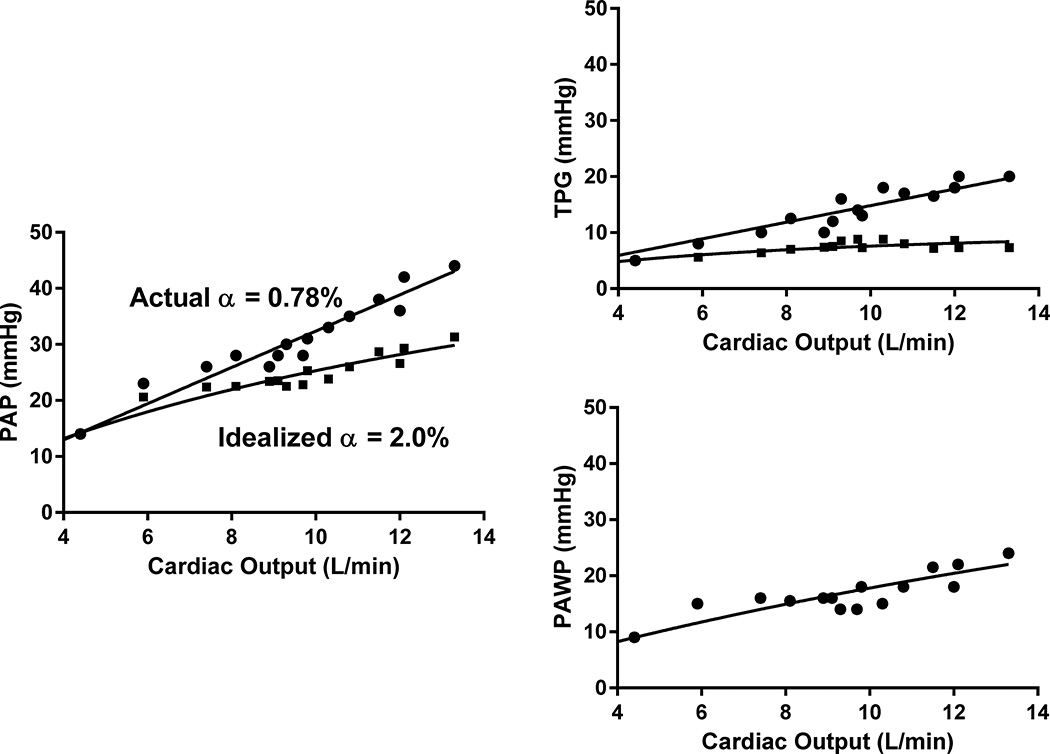Figure 2. Abnormal pulmonary vascular distensibility is associated with increased pulmonary arterial pressures during exercise.
The pressure-flow relationships for a representative HFpEF patient who underwent cardiopulmonary exercise testing are shown (●). Mean pulmonary arterial pressure (PAP), transpulmonary gradient (TPG), and PAWP are depicted. This patient had a resting cardiac output of 4.4 L/min and resting upright mPAP and PAWP of 14 mmHg and 9 mmHg, respectively. With peak exercise, cardiac output increased to 13.3 L/min and upright mPAP and PAWP peaked at 44 and 24 mmHg, respectively. The transpulmonary gradient (TPG) at peak exercise was 20 mmHg. PV distensibility was calculated to be 0.78% per mmHg. To illustrate the physiologic significance of pulmonary vascular distensibility on pulmonary pressures during exercise, we superimposed an idealized pressure-flow relationship based on a normal distensibility of 2.0% per mmHg, while maintaining PAWP and CO fixed (■).14 At peak exercise, the actual mPAP and TPG are 44 and 20 mmHg, respectively, while the idealized values of mPAP and TPG are 31 and 7 mmHg.

